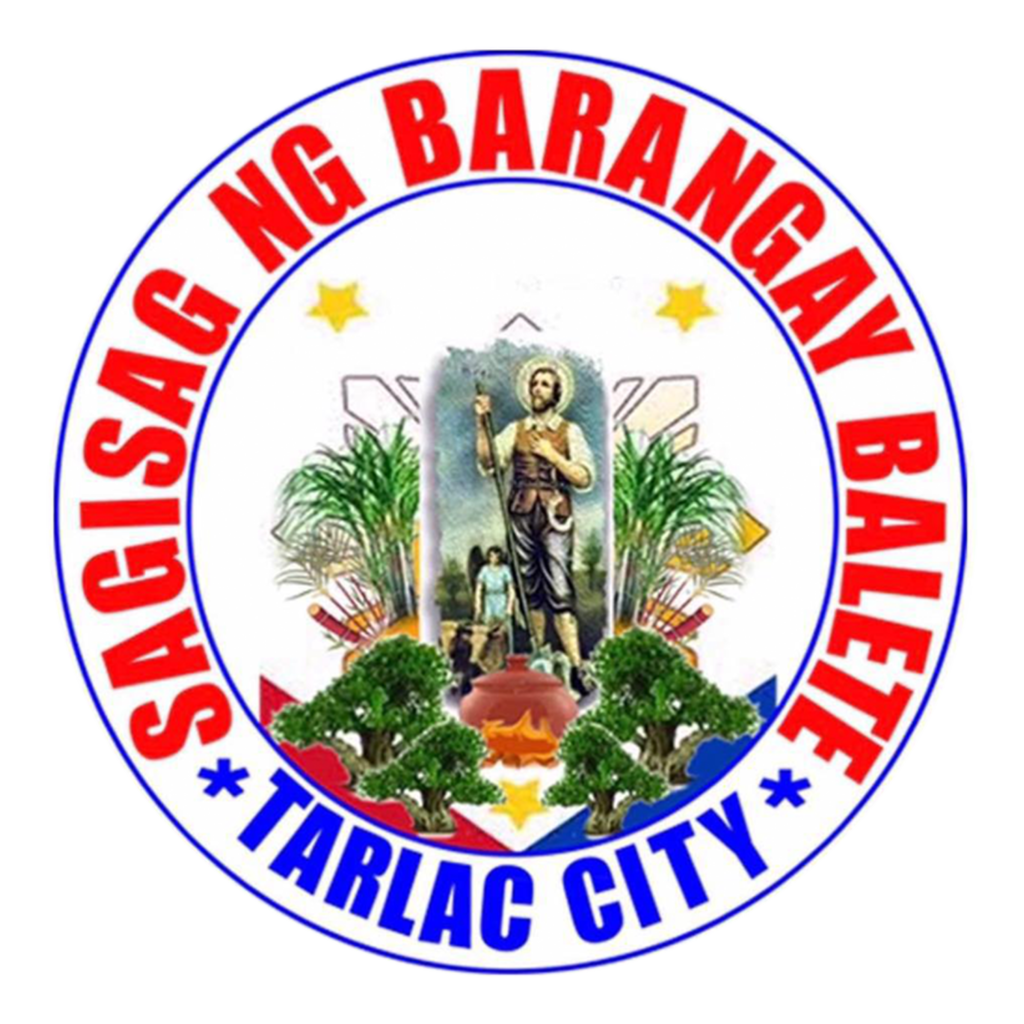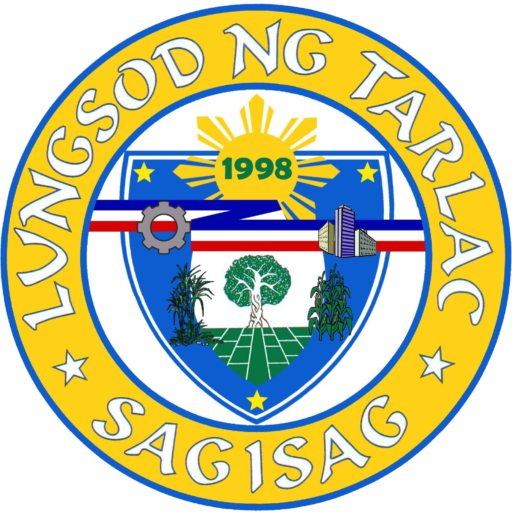
BARANGAY BALETE HISTORY
Barangay Balete is also part of the South District Division of Barangays in Tarlac City. It is bounded by the Barangay Maligaya on the Southwest, Barangay Paraiso on the West, Barangay Central on the South, and Barangay Lourdes on the East and Barangay Ungot on the North.
It is approximately 10.4 kilometers away from city proper. It has a total land area of 581.36 hectares designated to residential and commercial area.
Barangay Balete classified as Rural Barangay, it has a total population of three thousand eight hundred forty eight (3,848) as of 2005, and a household population of seven hundred ninety six (796).
Barangay Balete is one of the eight barangays within Hacienda Luisita. Most of the residents in this barangay were hacienda workers. Approximately 10 % are working in the Factory like IWS and Sanyo. At present, there is a massive unemployment due to unresolved dispute between labor and management of Hacienda resulting to poverty. For survival and daily living people planted vegetables and tree bearing fruits in their backyards. The vast land of sugar cane plantation turned to garden of grasses and weeds. In addition, as of now residents of this barangay acquired their needs on their mini businesses like sari-sari stores, barbeque stands and so on. Some were finding another employer so that they could have a source for their daily needs.
A long time ago, Barrio Balete was just forestry which different kind of trees grew. Among them were Narra, Alupay, Kupang, Dau and the one who caught the attention of every people visiting in this place, the extra ordinary tree. According to the folklores, this Balete Tree is extra ordinary in size. They are trying to get the circumference of this tree using their arms.
They surrounded the tree and embraced it and they found that its circumference is equivalent to a four persons. Many years that passed, it coined as Balete Numero Three because of its three kilometers distance from Barangay San Miguel.
According to Mr. Donato Ladera, his parents were one of the founders of this place. Another family who first settled here was Mr. Mauro Bermudez, Cerelo Cagiwa, and others. At that time, residents of this place counted for about more than ten persons. As time change, people from neighboring provinces such as Pangasinan, Pampanga and Ilocos were migrated and settled here.
Among them were Arocena Family, Flores Family, Galang Family, Gutierrez Family, Luna Family and Viadan Family. Because of it’s rapidly growth of population, presidents of this place started to coin their place as Barangay Balete Numero Tres. Later on, it renamed to Barangay Balete. Numero Tres was elimated to make it short. The great numbers of trees were deforesting a turned to a residential area. Some wild animals that served them as their source for food were suddenly gone. In addition, residents of this place got their needs by means of farming. They called it as “Kasama”. Spaniards as they also called as “Tabacalera”, were the owners of this place before and managing the Tobacco plantation situated in this area.
Year 1886, Tabacalera establish a factory of making sugar. They called it a Central Azucarera de Tarlac. Planting tobacco was set aside and they focused on planting sugarcane? They wide range distance of land was own by the Spaniards and named it as Hacienda Luisita derived from the named of Doña Luisa, wife of the first President of Tabacalera. The first Teniente del Barrio of this place was Anacleto Ladera and later on his son Donato Ladera succeeded him.
Many other Teneinte del Barrios was elected. At present time, the barangay Captain was Rodel Galang at this time; Barangay Balete is now a well-developed extension area and the big tree before cuts the remained.
Eighty percent of the total populations are Pampango, and the rest are Tagalog, Bisaya, Pangasinense, and Ilocano.
Barangay Balete celebrates their feast day every May 15 as a thanksgiving to the Patron San Isidro Labrador/Saint Isidore the Laborer. Saint Isidore the Laborer or the Labourer, also known as Isidore the Farmer, or San Isidro Labrador in Spanish, (c. 1070–May 15, 1130), was a Spanish day laborer known for his goodness toward the poor and animals. He is the Catholic patron saint of farmers and Madrid.
Isidore is widely venerated as the patron saint of peasants and day laborers, as he had been one himself. In 1947, at the request of the National Catholic Rural Life Conference, he was officially named patron of farmers, with a feast day on March 22 in all dioceses of the US, with a proper Mass and Office.

